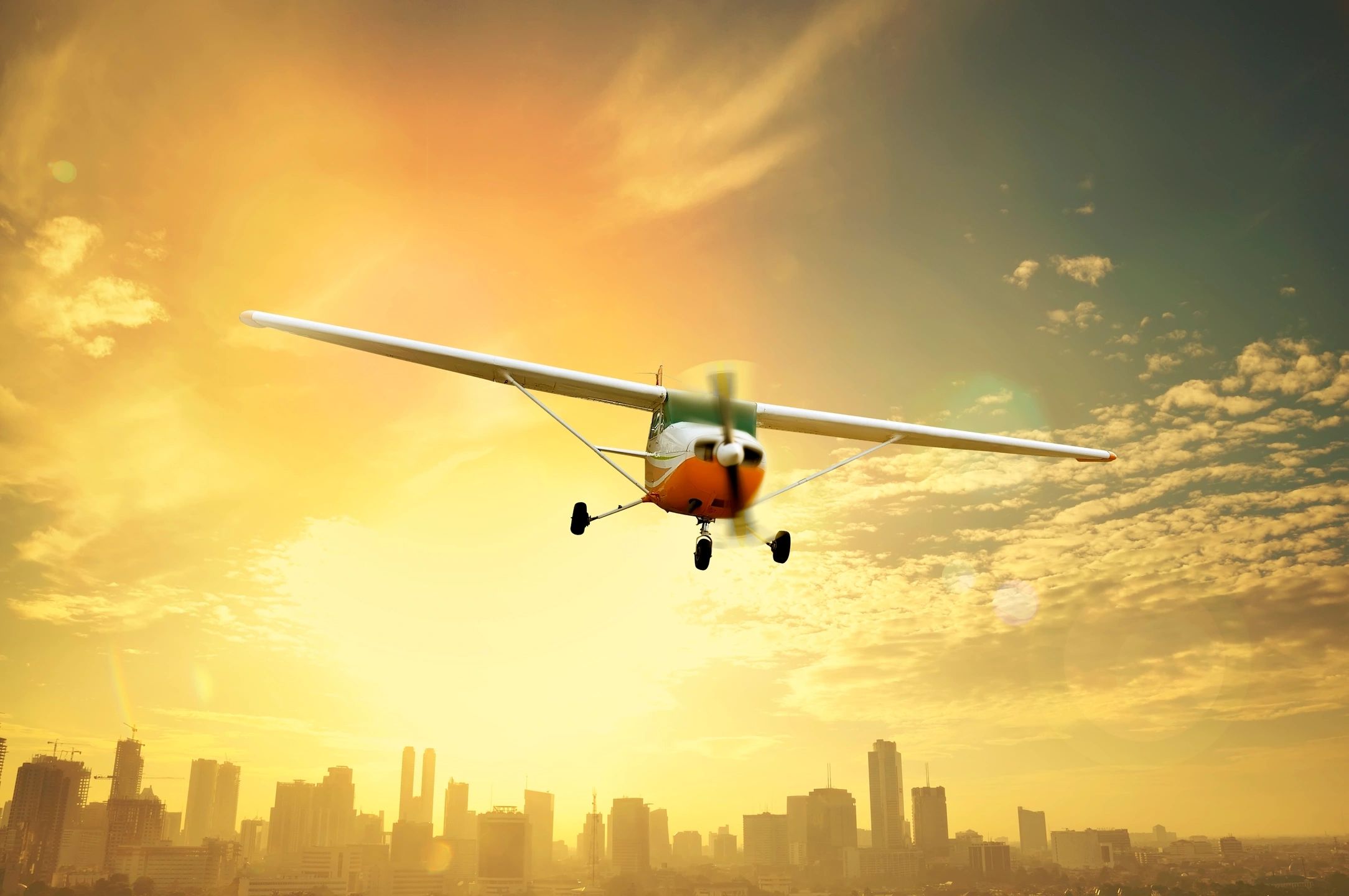S-Turns Across a Road
Few pilots appear to perform this Ground Reference maneuver much after getting their private pilot license, but perhaps they should, as it is an excellent rust shaker and can be very useful in every pilot’s Rust-Shaker Maneuver collection.
Why?
S-turns help rebuild proficiency in at least two ways:
- They require the pilot to divide attention between outside the cockpit (the ground reference) and inside the cockpit (airspeed and altitude).
- Being flown at 1000 ft AGL or less, they re-train the brain on estimating height, distance and speed close to the ground while un-spooking the mind about being close to the ground.
What is un-spooking? Many inexperienced pilots get spooked when approaching a runway that looks very different than what they are used to. The difference can be terrain, wooded areas, urban areas, a vastly different runway size… As a result, they hesitate descending towards the terrain for a normal, standard approach glide slope. This then leads to a hot and high final approach, which is never good, but is especially bad when approaching a shorter runway.
The spooked-ness tends to go away with experience, but resurfaces for many after a pause in flying. Ground Reference Maneuvers like S-Turns retrain the mind on what the world is supposed to looks like when flying closer to the ground, helping the mind get un-spooked faster, which helps proficiency and safety.
What?
CAUTION: because this maneuver is performed close to the ground, there is little time to respond to emergencies. Make sure you know where to go for an emergency landing site at all times, stay away from power lines and crop dusters, and abort whenever uncomfortable about airplane control.
S-Turns are flown around a road, levy or other type of long, straight line, more or less perpendicular to the wind at 1000 ft.
The proficient pilot:
- Prepares the maneuver by clearing the area (traffic, crop dusters, emergency site, power lines), turning on the fuel pump as appropriate, descending to 600-1000 ft AGL and approaching the target road downwind, stabilized at or just below Va.
- After crossing the road, starts a medium bank, 180 degree turn, constantly adjusting the bank angle to arrive back at the road exactly perpendicular to the road. A turn in the other direction follows.
- Spends more more than 50% looking outside the airplane, but enough time to the instruments to catch any altitude and airspeed deviations.
- Rarely changes power during the maneuver.
How?
Here is a nice video to remind you on how to fly S-Turns, courtesy of Sporty’s. It doesn’t include the cautionary notes and preparation steps.
Nervous: contact a CFI and make it a (B)FR.
